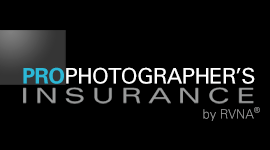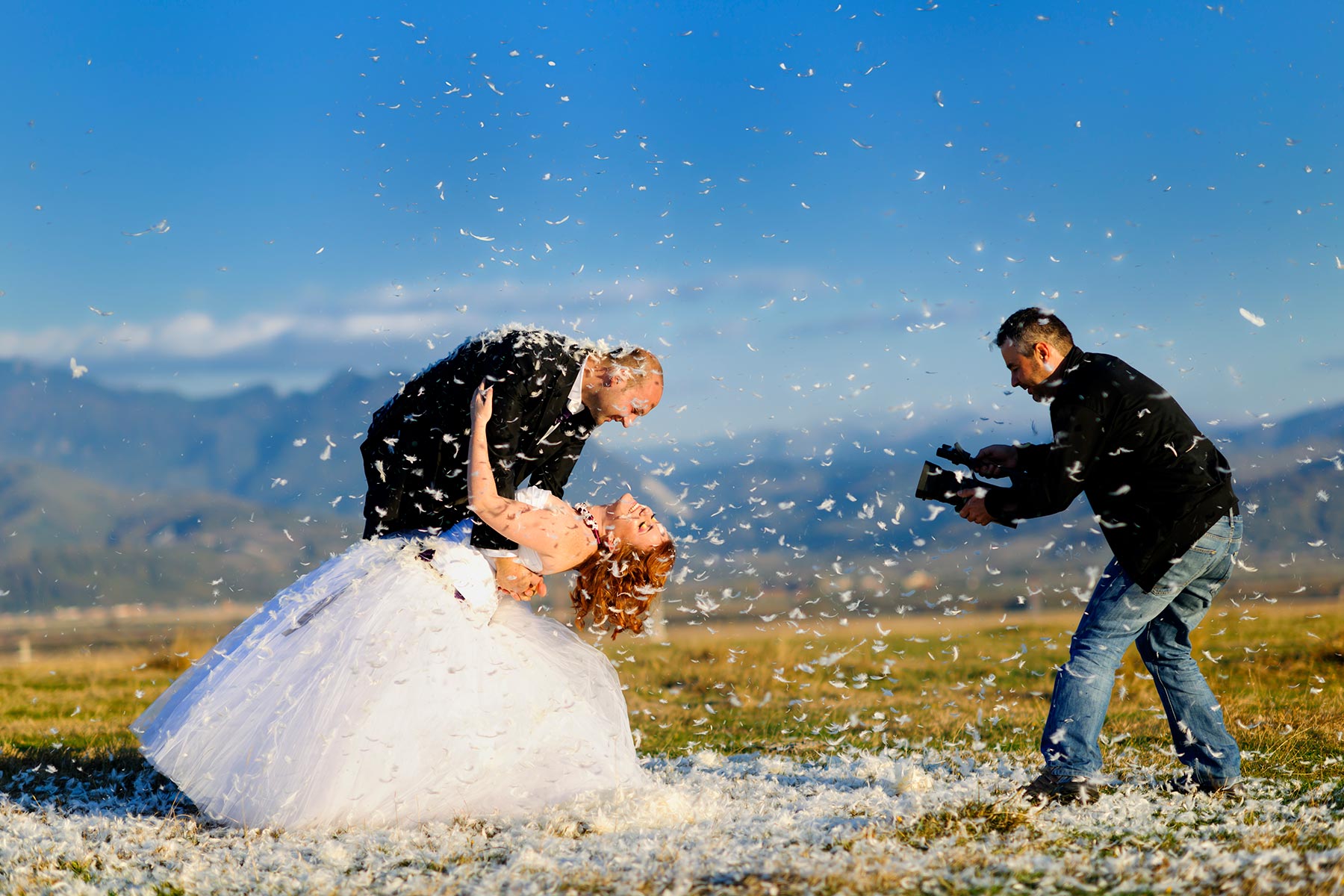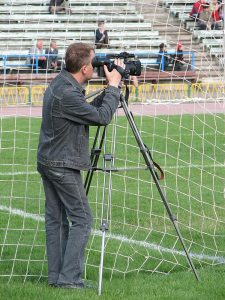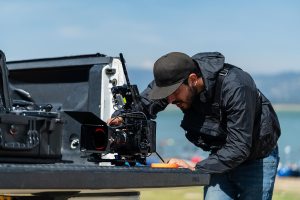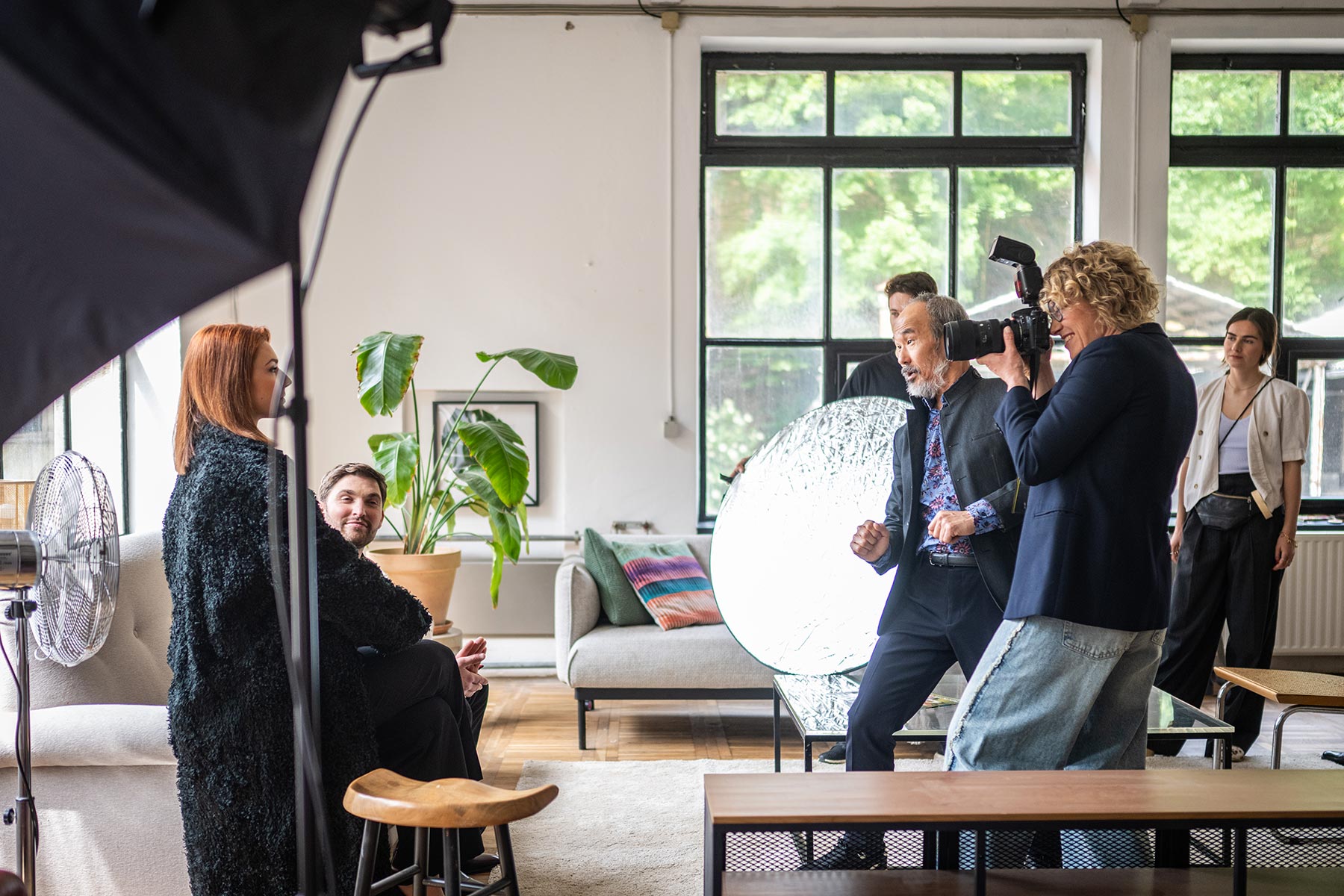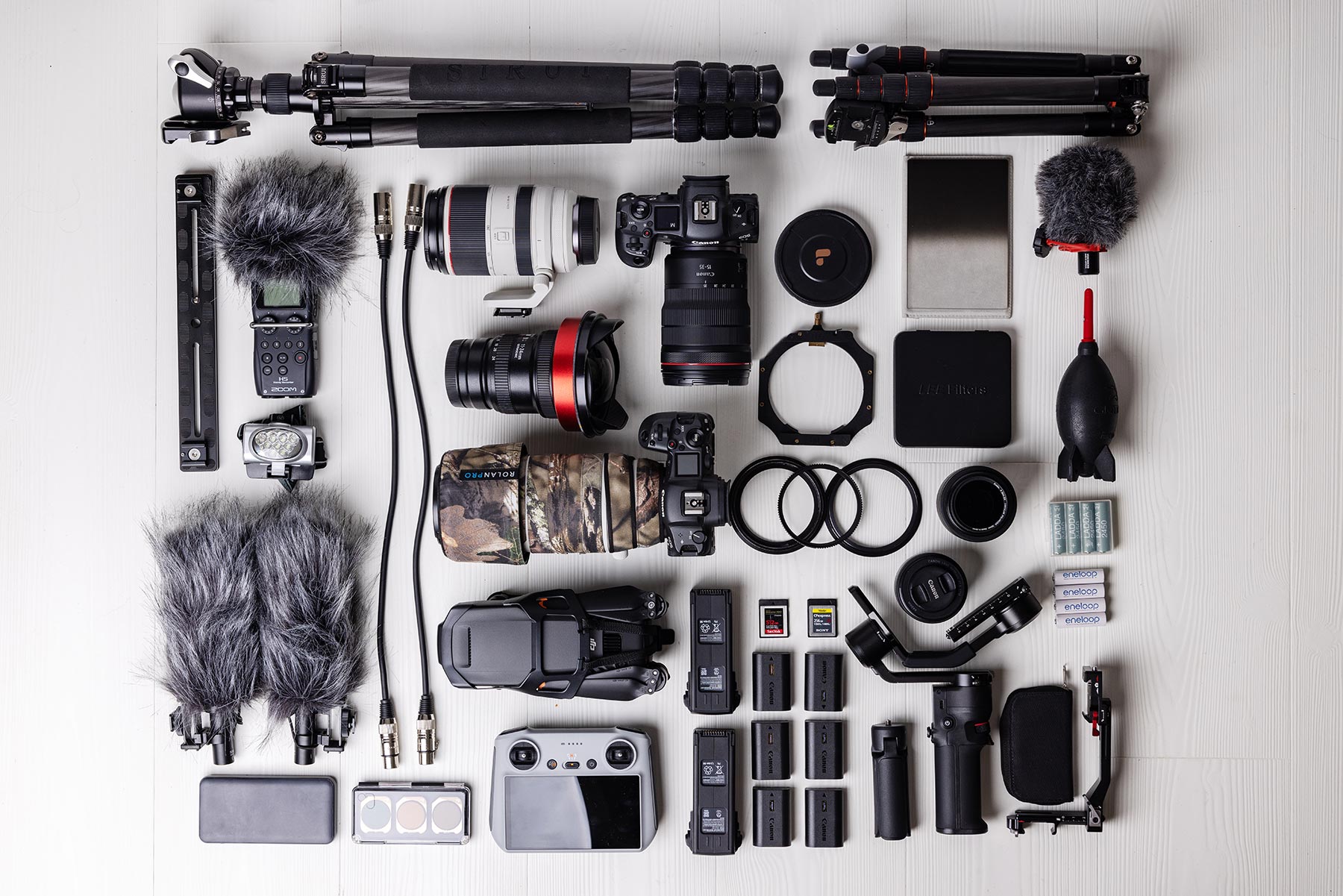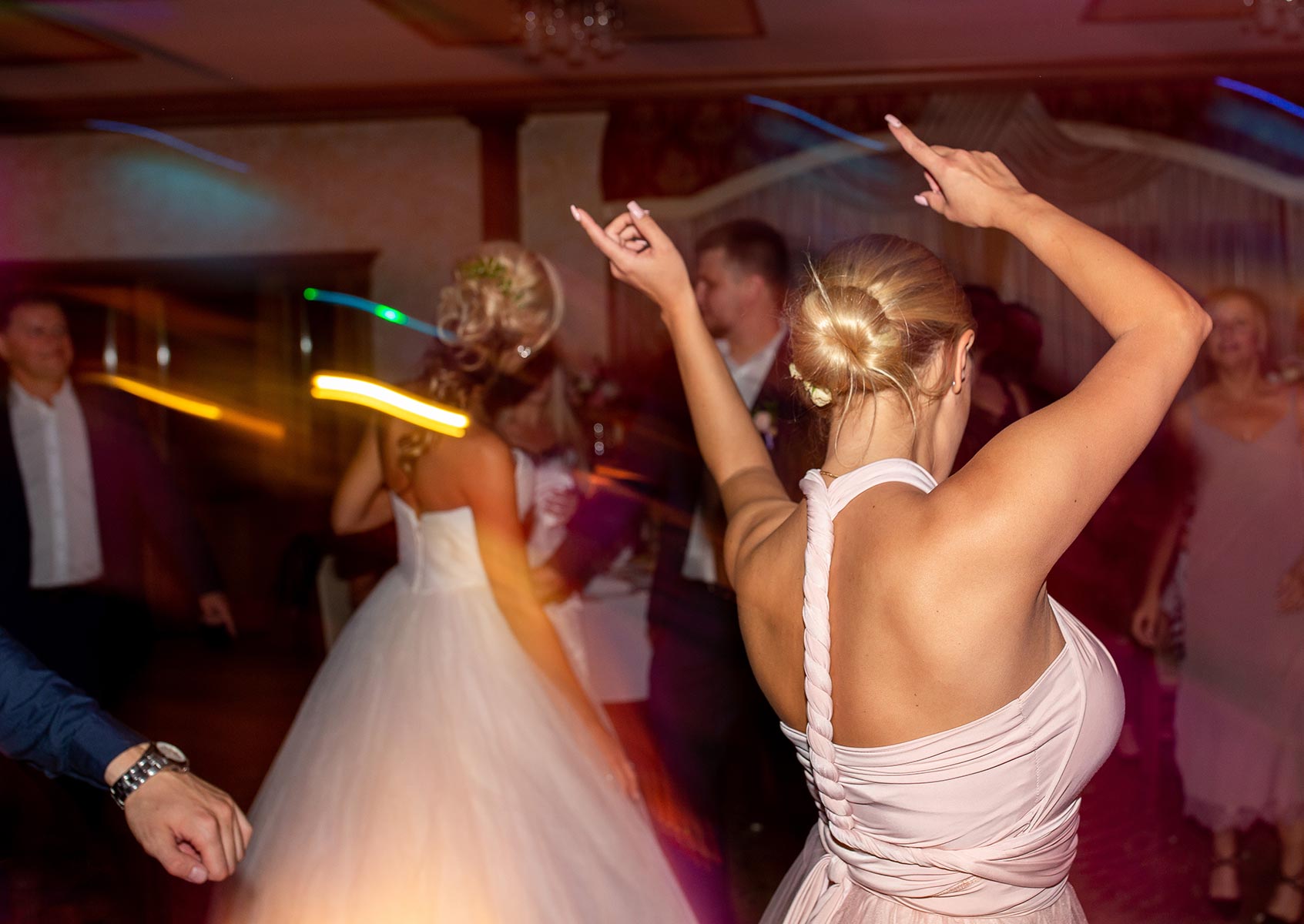As a portrait and studio photographer, your equipment and space are essential to your business. From high-end cameras to flash kits, LED panels, backdrops, scrims, and office equipment, you invest heavily in creating the perfect studio environment. But have you ever thought about what would happen if your equipment were to be damaged, stolen, or destroyed in a fire or flood? Without proper insurance, these events could cause a significant financial strain or even bring your business to a standstill. Here’s why comprehensive gear and equipment insurance is essential for every portrait and studio photographer.
The Risks for Portrait and Studio Photographers
In-studio photography might seem like a controlled environment compared to outdoor shoots, but it comes with its own set of risks:
1. Accidental Damage
Equipment in a studio can be accidentally knocked over, tripped on, or damaged during a shoot. Flash kits can be fragile, backdrops can tear, and monitors or hard drives can suffer damage from an unexpected fall. Insurance covers the cost of repairs or replacements, ensuring that a mishap won’t leave you without essential gear.
2. Theft
Your studio is a treasure trove of valuable equipment. Even with security measures in place, theft can occur, either from a break-in or during a location shoot when the studio is temporarily left unattended. Insurance coverage for theft protects your investment, allowing you to quickly replace stolen items and continue your business operations.
3. Severe Weather and Natural Disasters
Your studio might be indoors, but it isn’t immune to natural disasters. Floods, earthquakes, fires, and severe storms can wreak havoc on your space and equipment. Without insurance, the cost of repairing flood-damaged equipment, replacing broken LED panels, or recovering from fire damage could be overwhelming.
4. Office Equipment
Your business runs on more than just cameras and lights. Computers, monitors, printers, and other office equipment are crucial for editing, marketing, and running your studio smoothly. These items also need protection in case of damage or loss, which is why including them in your insurance policy is a smart move.
What Comprehensive Equipment Insurance Covers
- Accidental Damage: RVNA Pro Photographer Insurance covers the cost to repair or replace accidentally damaged equipment, including photography equipment and office equipment.
- Theft Protection: Equipment insurance also provides coverage if your studio is broken into or gear is stolen during a location shoot. This includes everything from cameras and flash kits to computers and monitors, allowing you to replace stolen items and keep your business running.
- Damage from Natural Disasters: Photography Equipment insurance covers damage caused by natural events, including floods, earthquakes, hurricanes, tornadoes, and fires. Whether your studio space suffers from water damage during a hurricane or your gear is affected by an electrical fire, your policy can help cover repair or replacement costs.
- Replacement Cost Coverage: High-end studio equipment and computers are a significant investment. RVNA Pro Photographers Insurance policies offer replacement cost coverage, ensuring you can replace damaged or stolen items with new, comparable models instead of receiving only the depreciated value of the gear.
- No Per-Item Limit: Some insurance policies impose per-item limits on coverage, but RVNA allows photographers to choose an overall coverage limit that fits their needs. This flexibility means that even high-value items, like studio lights or computer systems, can be fully covered.
Tips for Protecting Your Studio Gear
While having comprehensive equipment insurance is crucial, here are some additional steps you can take to safeguard your gear:
- Invest in Secure Storage: Use lockable storage units, cabinets, and safes for smaller items like cameras and lenses. For lighting and backdrop equipment, secure storage solutions reduce the risk of accidental damage.
- Install Security Systems: If you operate a home studio or have a dedicated space, install a security system with alarms and cameras to deter theft. Insurance providers often look favorably on studios with enhanced security measures.
- Backup Data Regularly: Your computer equipment is vital for editing and storing images. Regularly back up your data to a secure, cloud-based service to protect against data loss in case of a disaster or hardware failure.
- Use Surge Protectors: Protect computers, monitors, and other electronic equipment from power surges, which can occur during storms. Surge protectors can help minimize damage, though insurance may cover some losses if a power surge causes irreparable harm.
- Maintain an Inventory: While RVNA does not require you to keep a detailed inventory of all your studio equipment, it might be a good idea to record serial numbers and store or scan receipts. This will make it easier if you need to file a claim.
